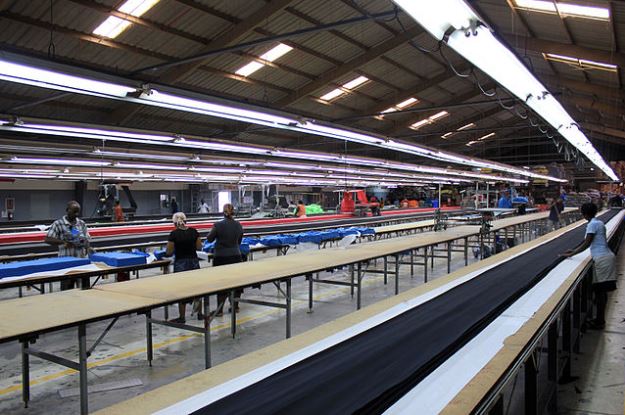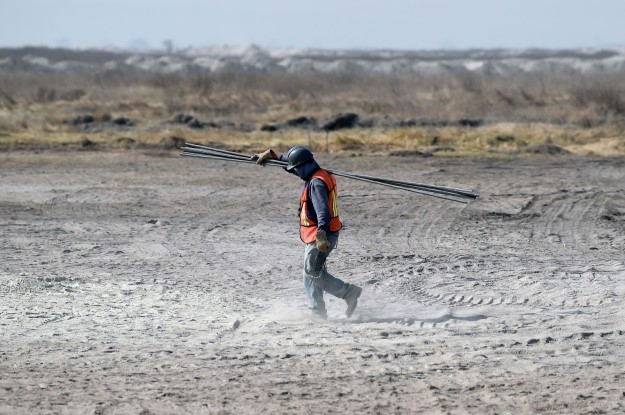The idea sounds simple: Special Economic Zones (SEZs) offer tax exemptions and cheap labor as hooks to attract investment from foreign companies. Money trickles in, local suppliers get a foothold and the middle class begins to grow. At least, in theory.
Mexico is betting big on SEZs, with a new federal law that will create four of them in some of the poorest regions of the country. But the truth is that it’s a risky play, and the track record of SEZs in the region is less than stellar. Even with the best of intentions, SEZs may do more to limit economies than to grow them.
Of the governments in Central America and the Caribbean that have turned to SEZs for foreign direct investment (FDI) in recent years, most have run into unexpected challenges. In Costa Rica, hundreds of the jobs that had been created thanks to corporate-friendly development terms were quickly shifted overseas when producers found a better deal. In Guatemala, SEZs have generated income, but mostly failed to provide tangible benefits to local communities in the form of fair wages and greater income equality.
But perhaps the most extreme example of SEZ failure is in Haiti, where the Caracol Industrial Park outside the capital Port-au-Prince was built with the goal of creating up to 60,000 full-time jobs. Owned by the Haitian government, built in part by the Inter-American Development Bank (IDB) and anchored by Korean garment manufacturer Sae-A Trading, Caracol began partial operation four years ago after an initial investment cost of $270 million dollars.
But according to recent IDB figures, Caracol has so far created around just 7,000 full-time jobs. Wages for those workers range from $3.50 to $5.00 per day; many have to support between five and seven family members, and find it hard to even pay for lunch.
Part of the reason that Caracol failed is particular to Haiti – political instability, of the kind the country has experienced over the last several years, is sure to discourage foreign investors. But it also speaks to a flaw in the SEZ model itself. From what we now know about income inequality, it is clear that FDI does not tend to trickle down unless it is forced to. World Bank studies show that, without smart regulation focused on imposing ambitious social goals, SEZs tend to only create low-skill wage-earning jobs. FDI may not be all that positive if it comes with increased economic volatility and raises inequality.
Despite the track record, Mexico’s SEZ model still places too much faith in reducing poverty with recipes that most recent economic literature has started to question. Officials say their goal is to attract one “anchor company” in each of the four planned zones before 2018, and that to do so the country will invest millions of dollars and provide tax exemptions and other corporate-friendly regulations to create jobs in states that have not been able benefit from regular trade. Mexican officials expect SEZs to help develop parts of the country that the North American Free Trade Agreement (NAFTA) could not, areas in which a significant portion of the population is living in poverty and working informally.
How well the plan works will depend on whether or not officials take advantage of the country’s outsized leverage with international investors (especially compared to its Central American neighbors), and resist the temptation to welcome FDI in any form rather than focusing the right kind of investment. The good news is that Mexico is in a unique position to regulate and develop the SEZ model on its own terms.
To that effect, Mexico should allow itself to be socially ambitious and to use SEZs to develop regional value chains and expand local public services. Solid steps towards achieving that goal would require selecting FDI that is a good match for local firms and purveyors, and that has the potential to evolve into higher-skill manufacturing jobs. It would also be critical to secure land rights for investors, labor rights for workers, and fair deals for local sellers. Training businesses and building capacity for labor to be more productive would also increase the possibility of creating value chains, particularly if workers are taught English, the most important skill that differentiates low-paid jobs from management positions. Mexico could further use its SEZs as experiment fields for aggressive poverty reduction policies via private-public partnerships.
The time is ripe for Mexico to decide if it wants to create inclusive growth, or to be content with growth by any means. The country should be ready to say no if FDI conditions are not sufficiently beneficial to local populations or the economy at large, lest it risk pouring money into a model that, at best, fails to generate the expected returns. Abandoning unequal growth and poor job creation may feel like a loss in the short term, but could well be the only way that the country can reach its growth potential without leaving workers behind.
—
Ríos is a Research Fellow at The Wilson Center in Washington, D.C. and holds a Government Ph.D. from Harvard








